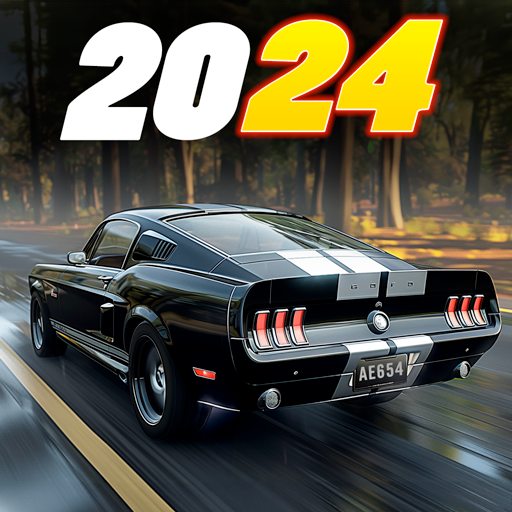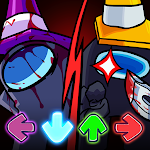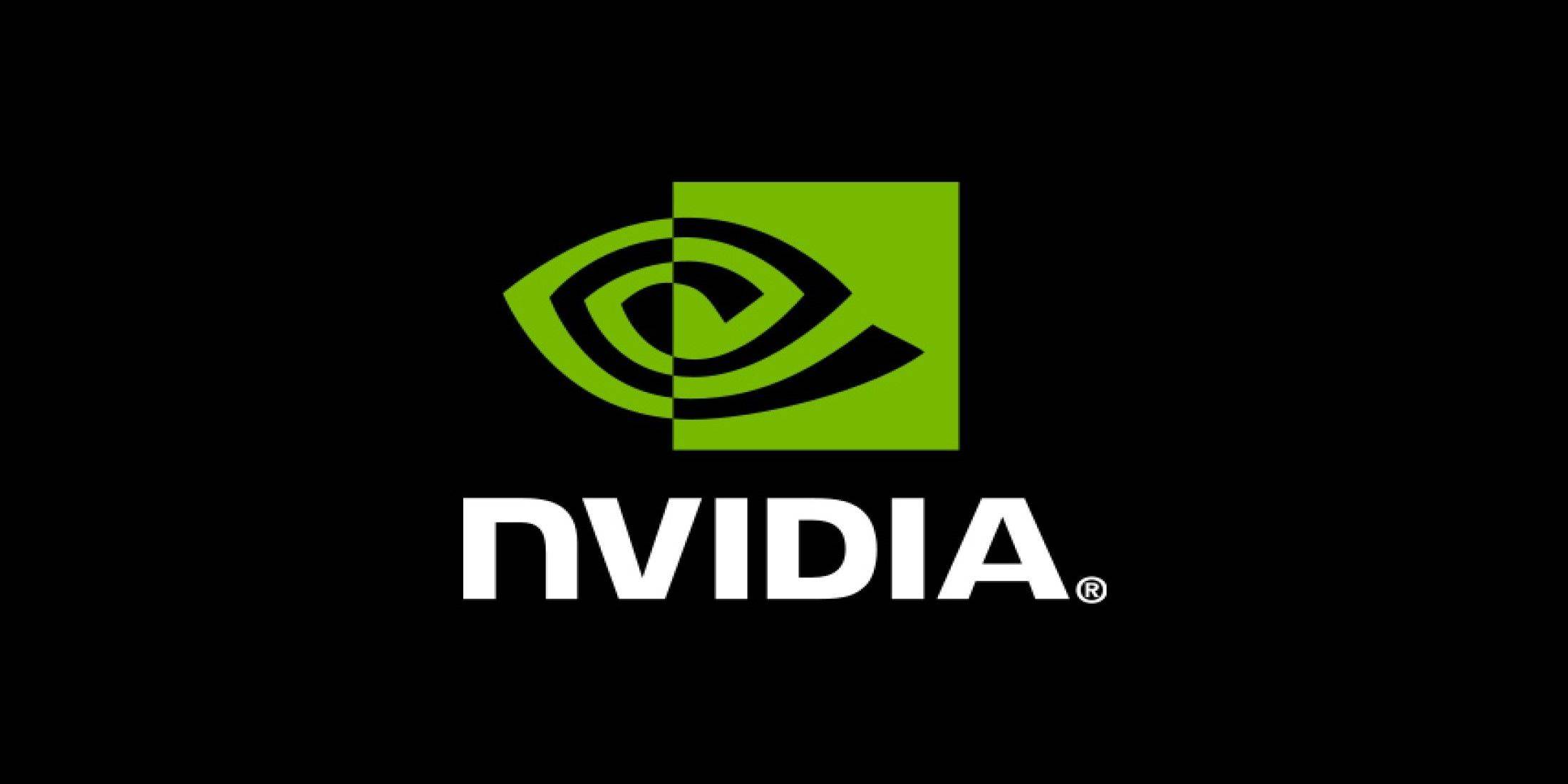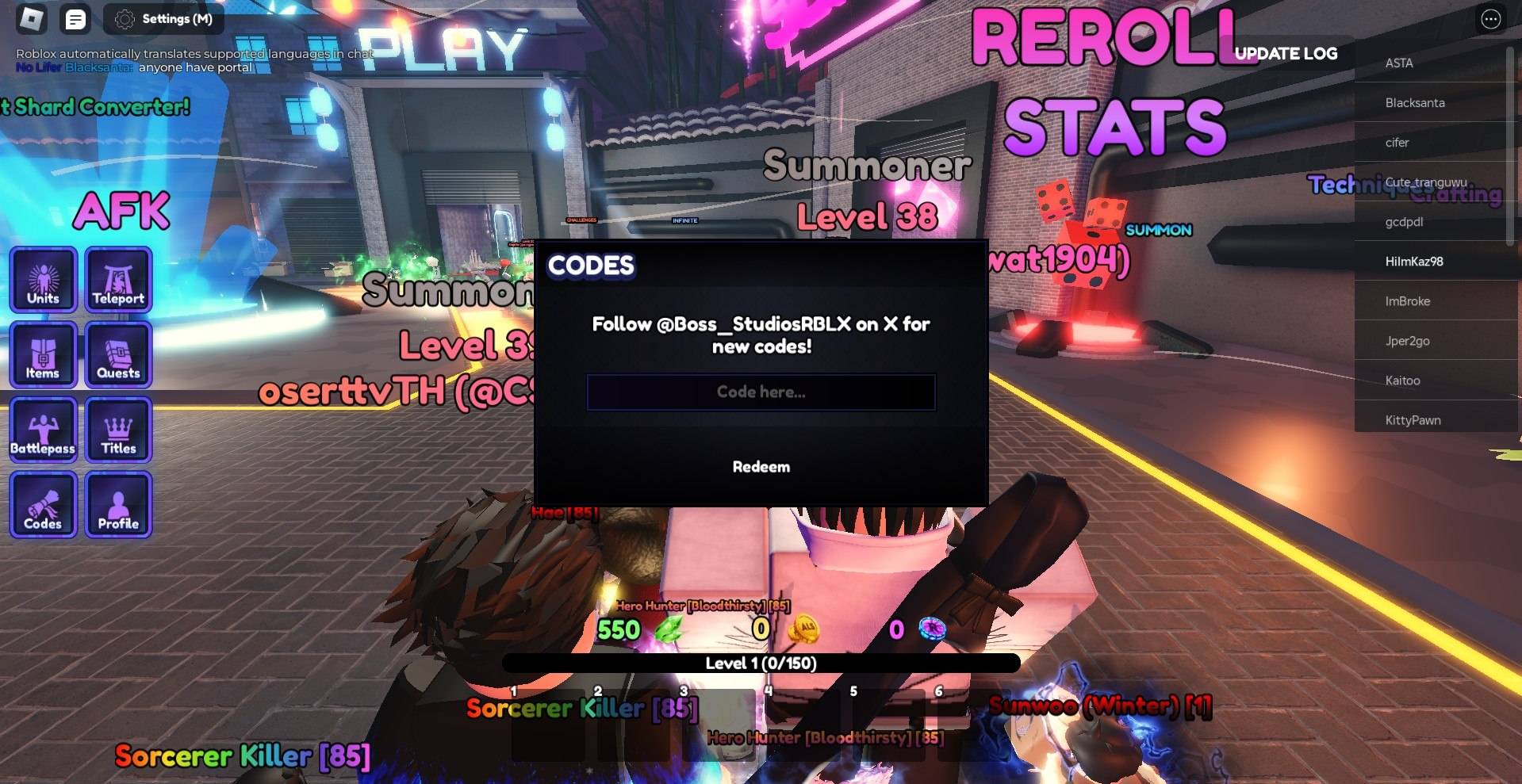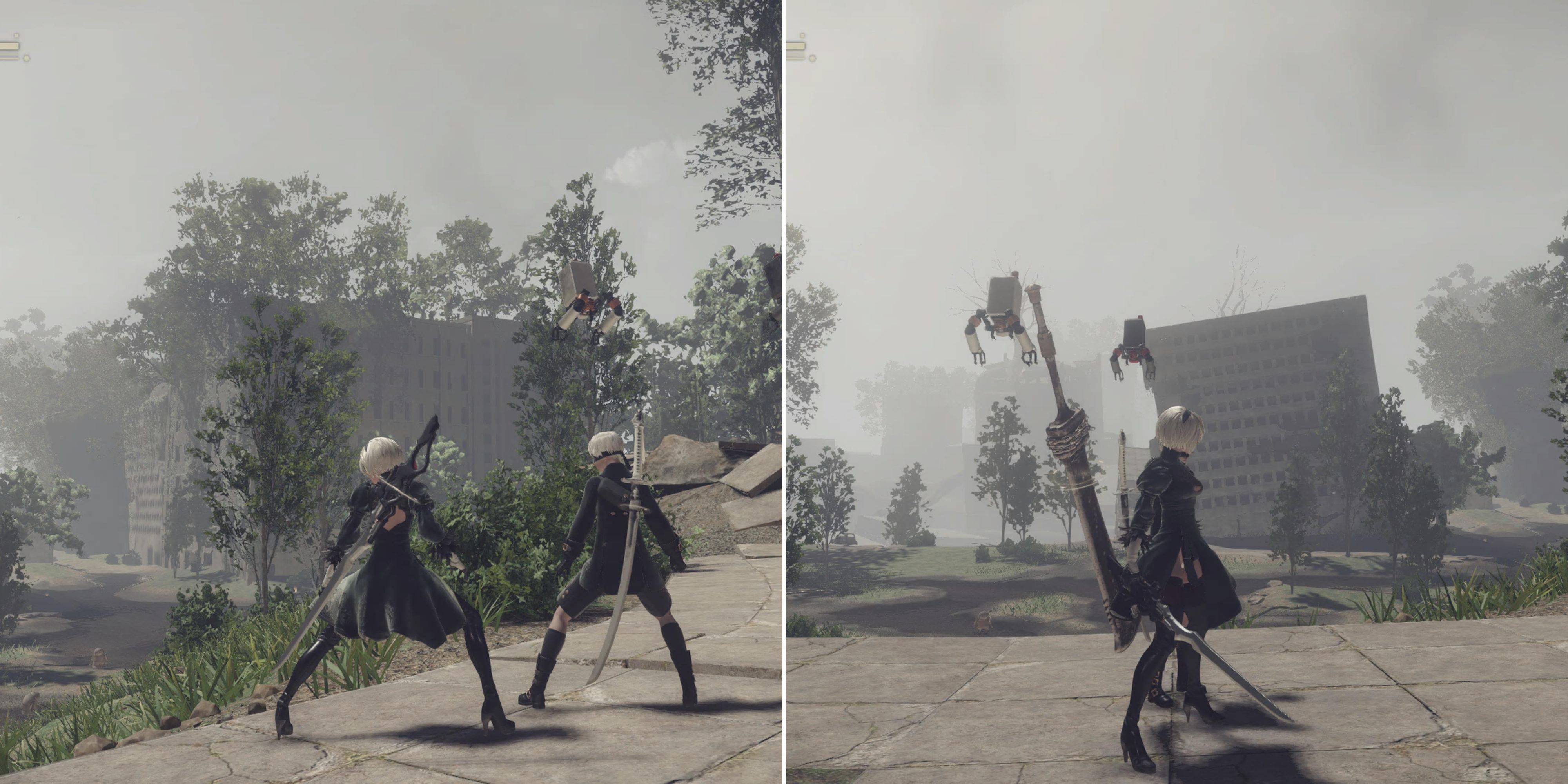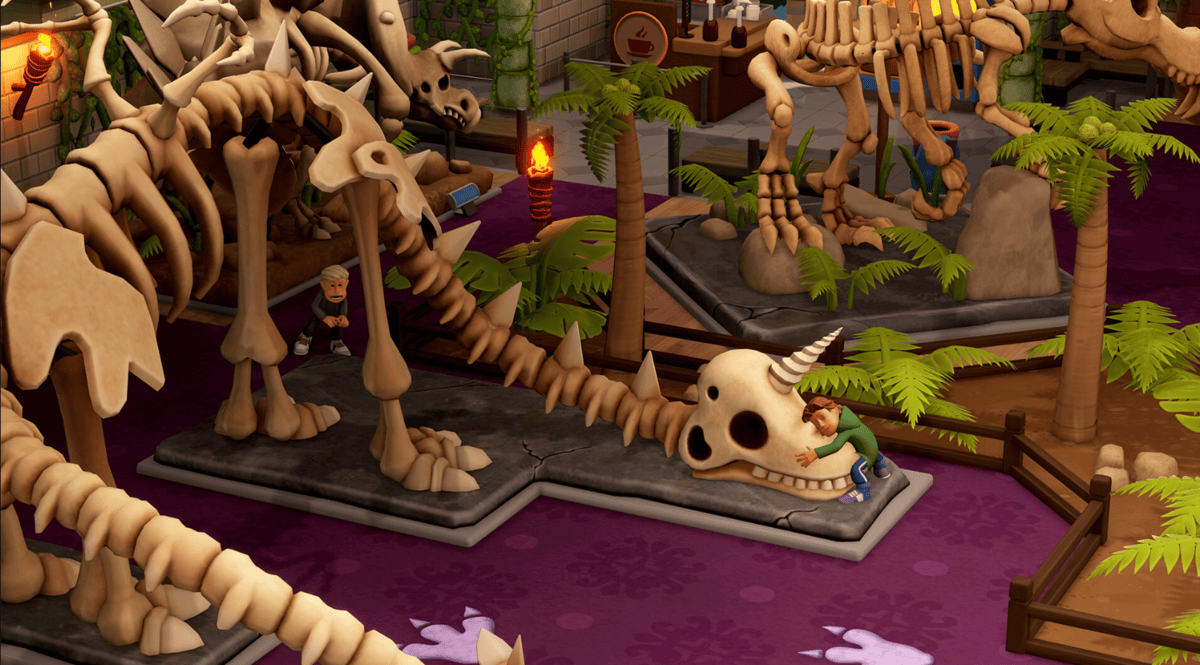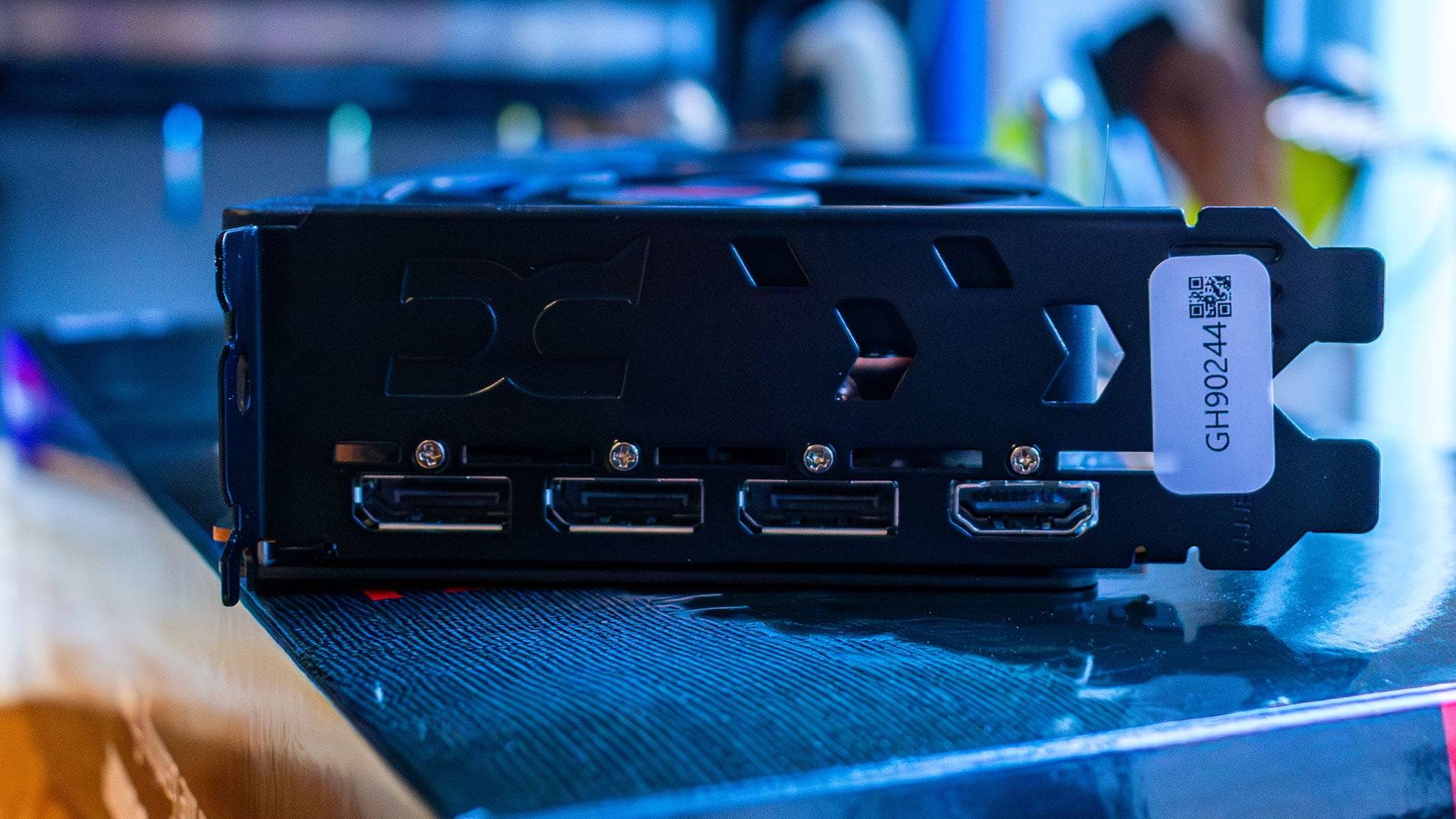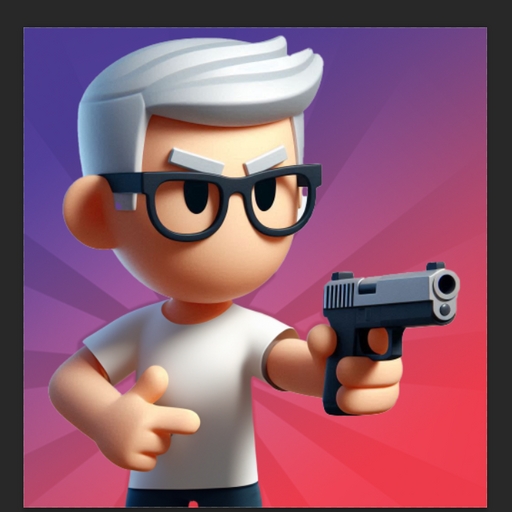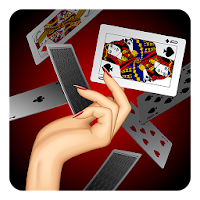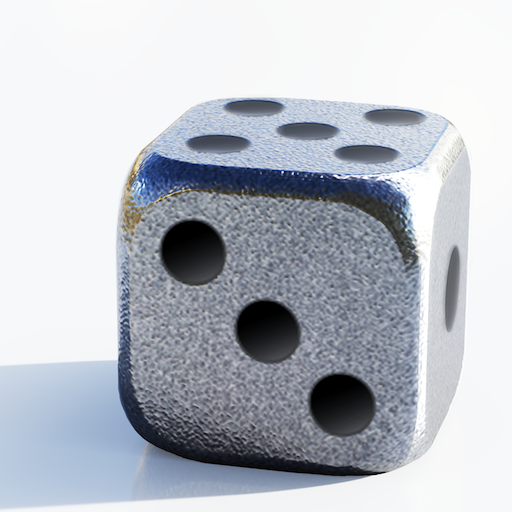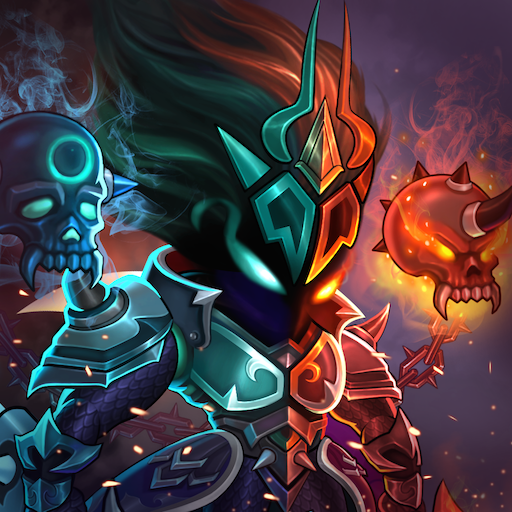Ninja Gaiden returns to combat modern soulslikes
The resurgence of Ninja Gaiden at the 2025 Xbox Developer Direct was a major highlight, announcing not one, but multiple new titles, including Ninja Gaiden 4 and the surprise release of Ninja Gaiden 2 Black. This marks a significant comeback for the franchise, dormant since Ninja Gaiden 3: Razor’s Edge in 2012 (excluding the Master Collection). More importantly, it signals a potential shift in the action game landscape, a genre long dominated by Soulslike titles.
While Soulslike games from FromSoftware (like Dark Souls, Bloodborne, and Elden Ring) have undeniably shaped the action genre, the return of Ninja Gaiden offers a much-needed counterpoint. The classic action style, exemplified by games like the original God of War and Devil May Cry, deserves a prominent place alongside Soulslike titles in the AAA market.
A Legacy of Skill
The original Ninja Gaiden (2004) redefined action games. Its fluid animation, challenging gameplay, and buttery-smooth combat set a high bar. While other hack-and-slash titles existed, Ninja Gaiden's difficulty was legendary, pushing players to master its mechanics. The demanding yet fair challenge, requiring precise timing, movement, defense, and counter-attacks, fostered a sense of accomplishment upon overcoming its obstacles. Iconic elements like the Izuna Drop and Ultimate Techniques provided players with the tools to conquer the game's intense encounters. This demanding gameplay, ironically, foreshadowed the Soulslike emphasis on overcoming seemingly insurmountable odds.
A Genre Shift
The release of Ninja Gaiden Sigma 2 (2009), a widely criticized PS3 port, coincided with the rise of Demon's Souls. The latter's success paved the way for Dark Souls (2011), a landmark title that significantly influenced the action genre. While Ninja Gaiden 3 and its Razor's Edge re-release faltered, Dark Souls and its successors solidified the Soulslike formula, inspiring numerous other games. Titles like Star Wars Jedi: Fallen Order, Nioh, and Black Myth: Wukong all bear the hallmarks of this influential style.
While the Soulslike formula isn't inherently flawed, its dominance has overshadowed other approaches to action games. The last mainline Devil May Cry entry (DMC5) launched in 2019, and even the rebooted God of War series, while excellent, traded its fast-paced combat for a more methodical, semi-open-world style reminiscent of Soulslike games.
The defining characteristics of Soulslike games—challenging combat emphasizing parries and dodges, stamina management, build customization, open-ended level design, and save points with enemy respawning—have become ubiquitous. While effective for FromSoftware, this formula's widespread adoption has led to a degree of saturation in the market.
A Welcome Return
Ninja Gaiden 2 Black offers a refreshing alternative. Its lightning-fast combat, diverse weaponry, and the restoration of the original's visceral gore (absent in Sigma 2) make it the definitive version. While some long-time fans may find the difficulty adjustments and enemy counts altered, the remaster addresses technical issues and design flaws present in the original Ninja Gaiden II. The inclusion of bonus characters and levels (minus the unpopular statue boss fights) enhances the overall experience.
The remaster serves as a potent reminder of what the action genre has been missing. The frenetic, combo-driven battles against numerous enemies and colossal bosses, presented within a linear structure, are a proven formula. While games with similar mechanics still exist (Hi-Fi Rush, for example), Ninja Gaiden 2 Black stands out as a significant release from a major developer in recent years.
The purity of the Ninja Gaiden experience is hard to replicate. There are no shortcuts—no build guides, experience points, or stamina limitations. It's a pure test of skill, demanding mastery of the combat system. The return of Ninja Gaiden hopefully marks a revitalization of the action genre, offering a compelling alternative to the Soulslike formula and demonstrating that there's room for both styles to thrive.
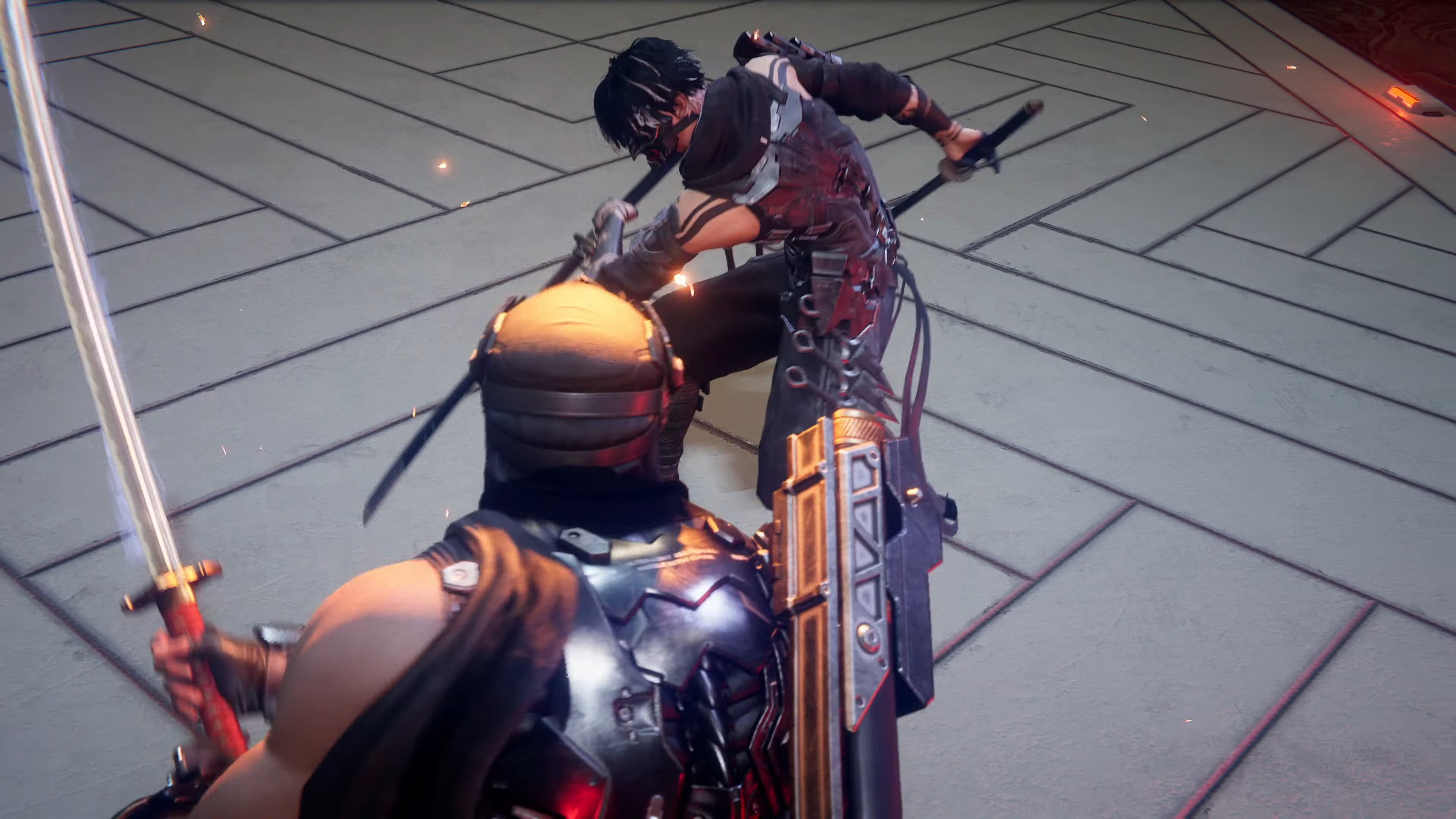
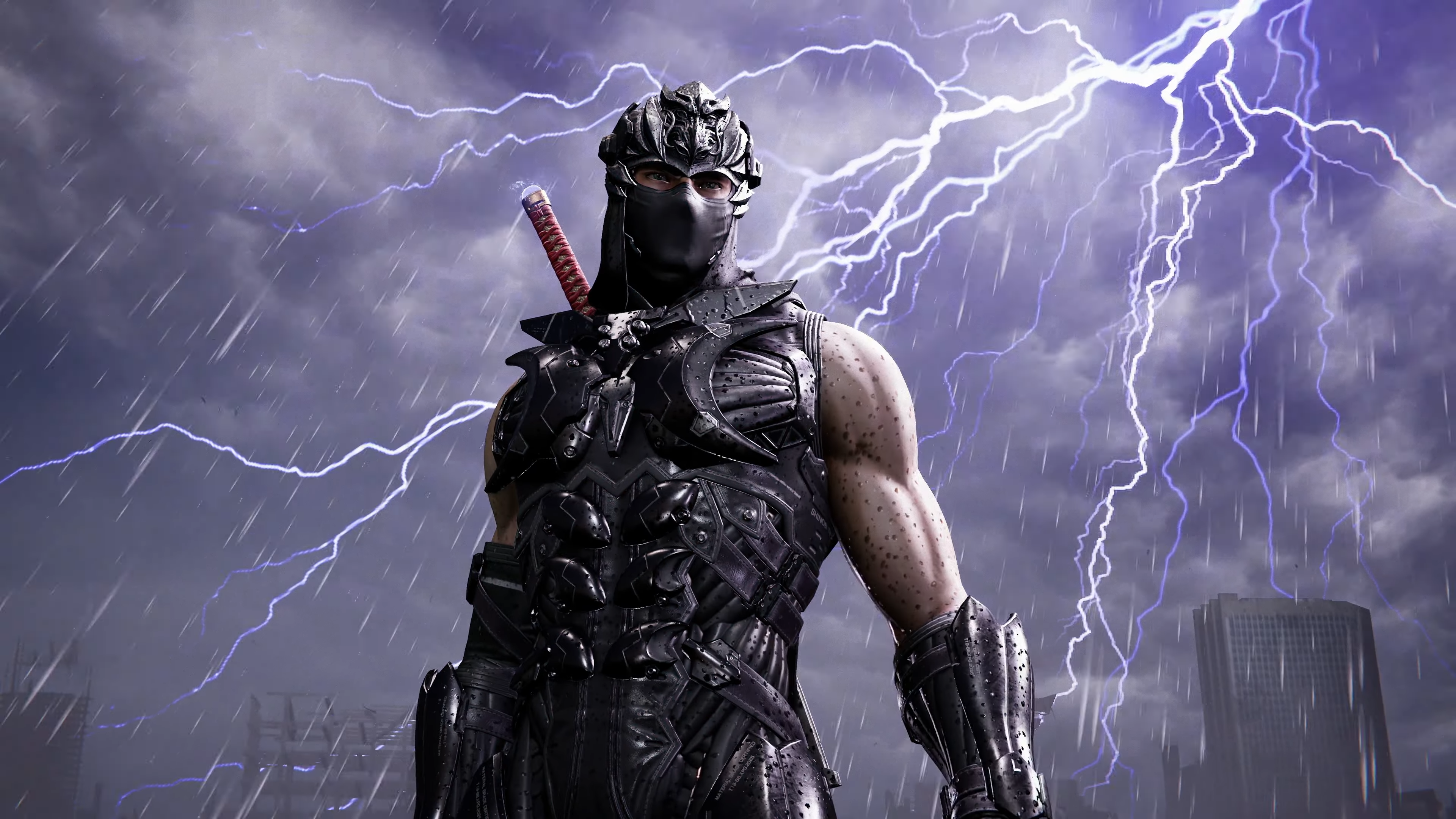
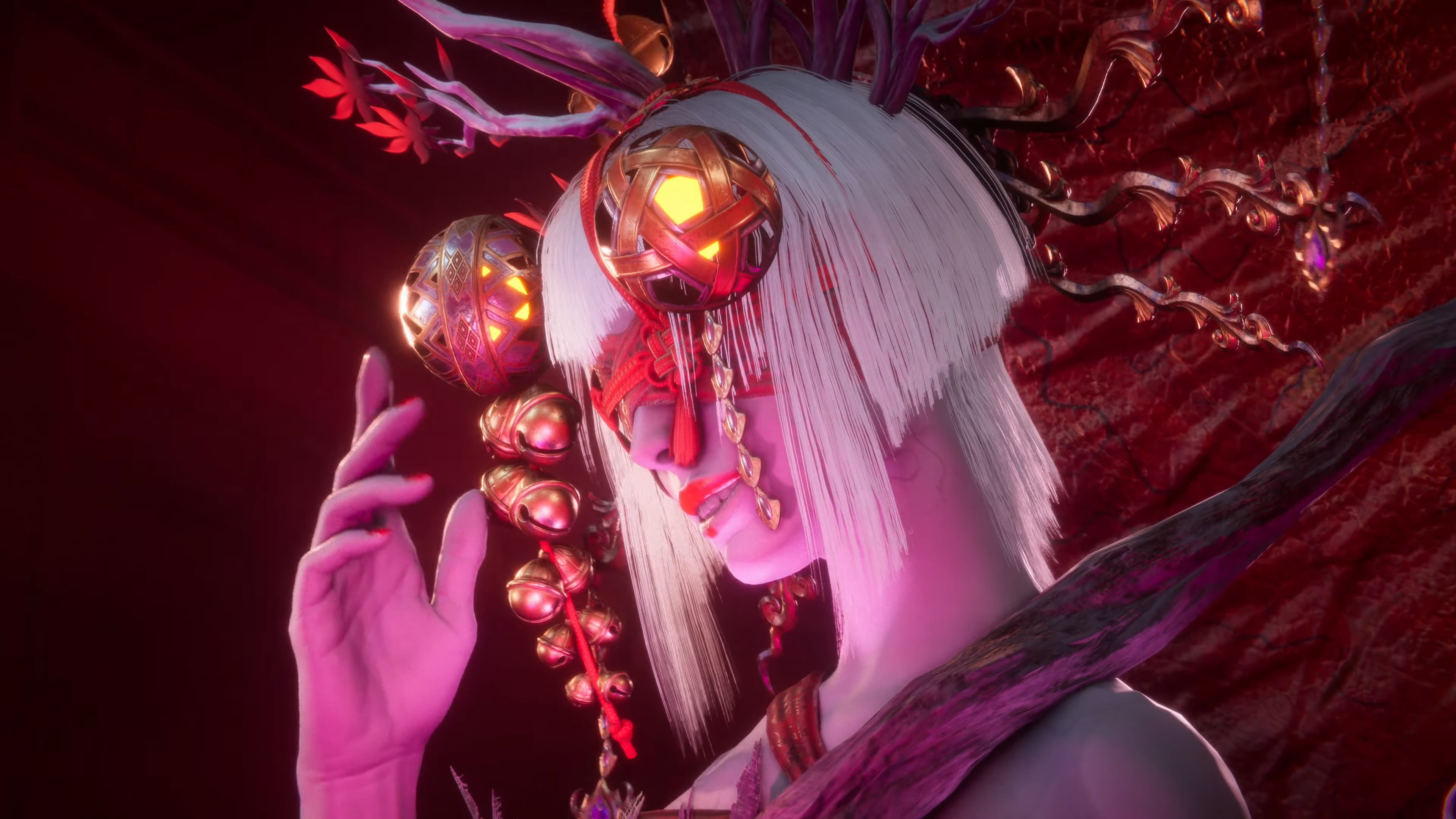
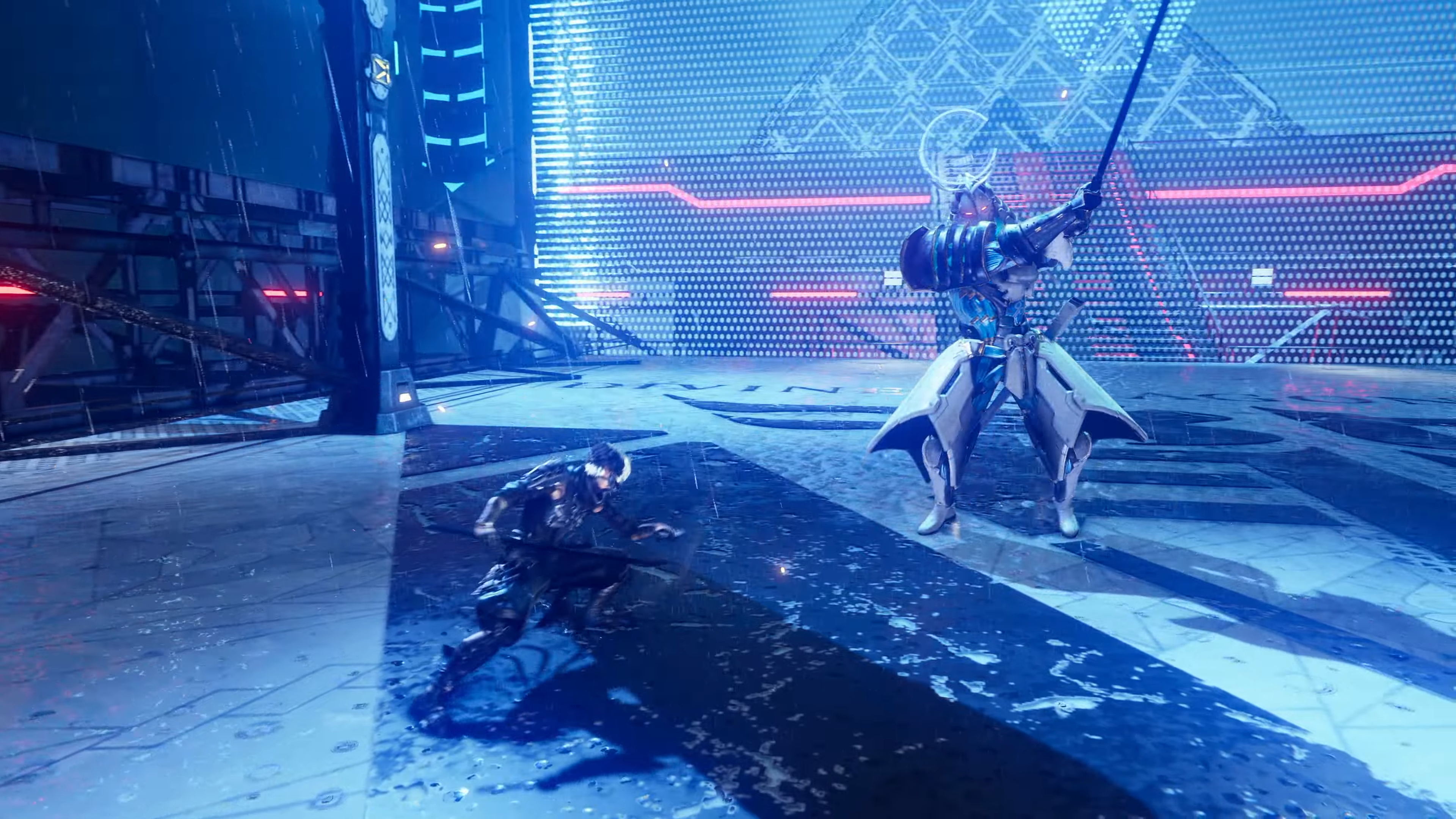
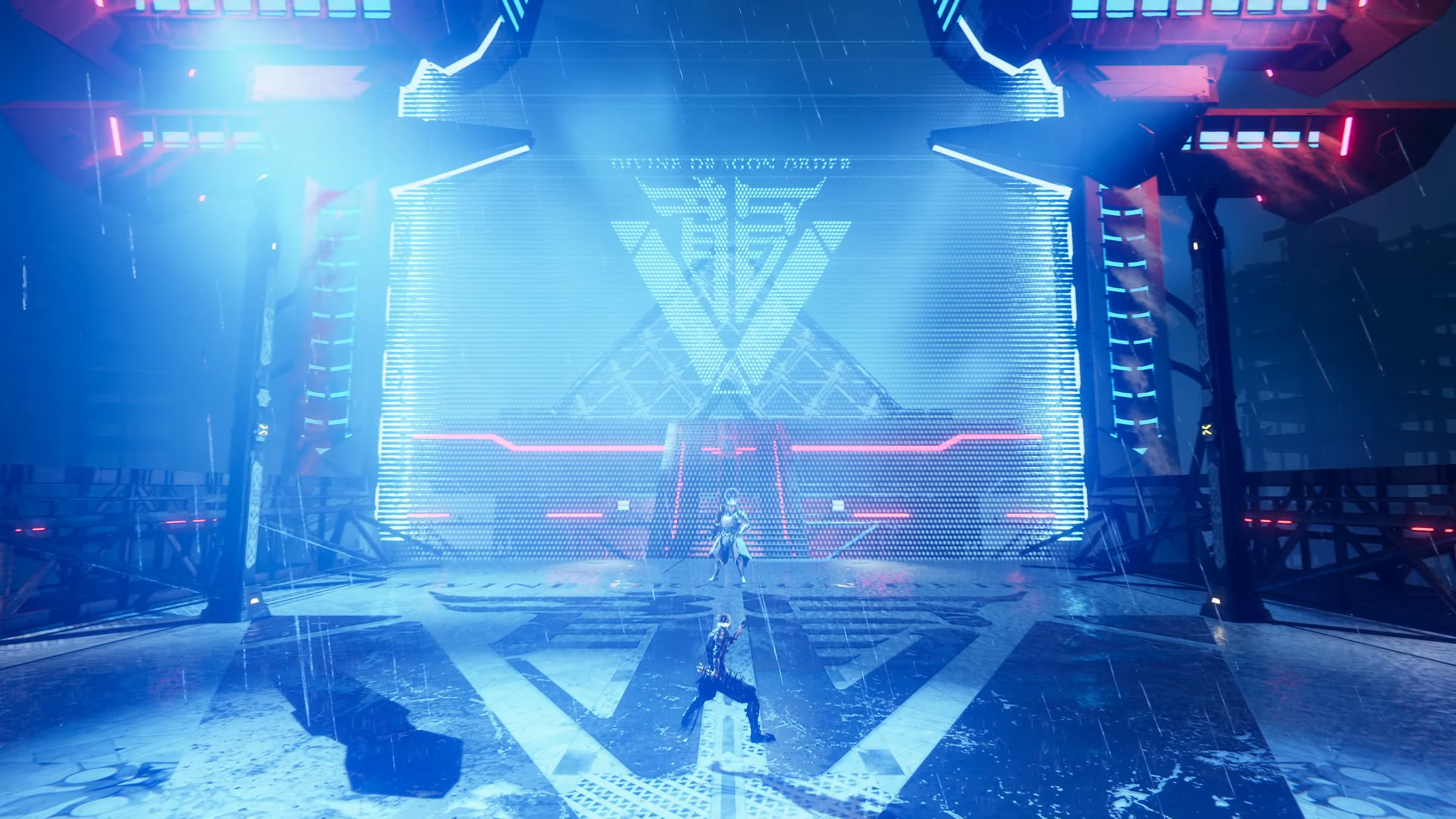
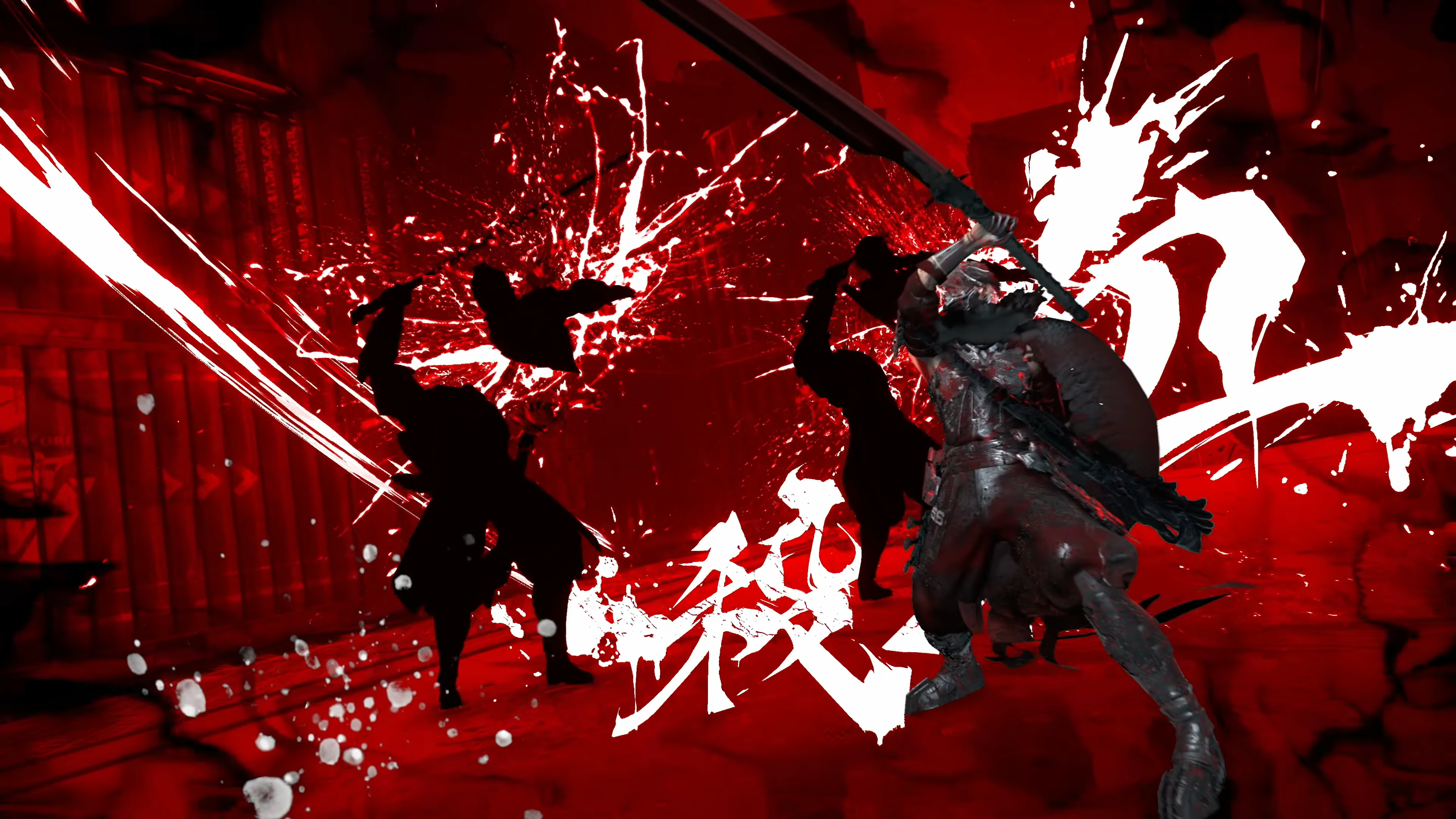
Latest Articles


![1xBet [Updated]](https://imgs.yx260.com/uploads/76/1719623227667f5e3be7616.jpg)


